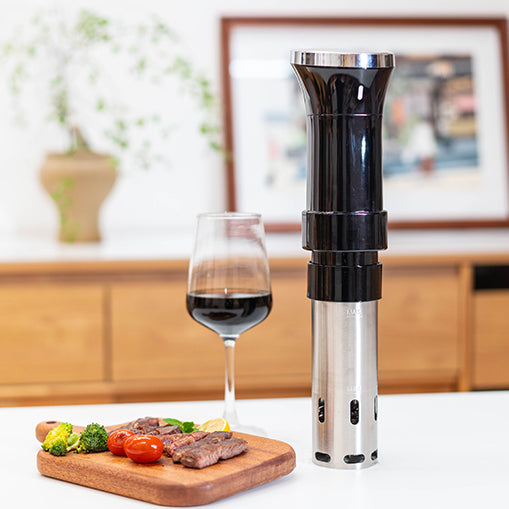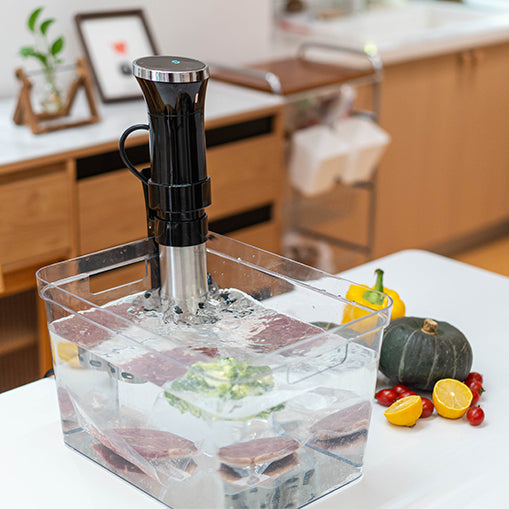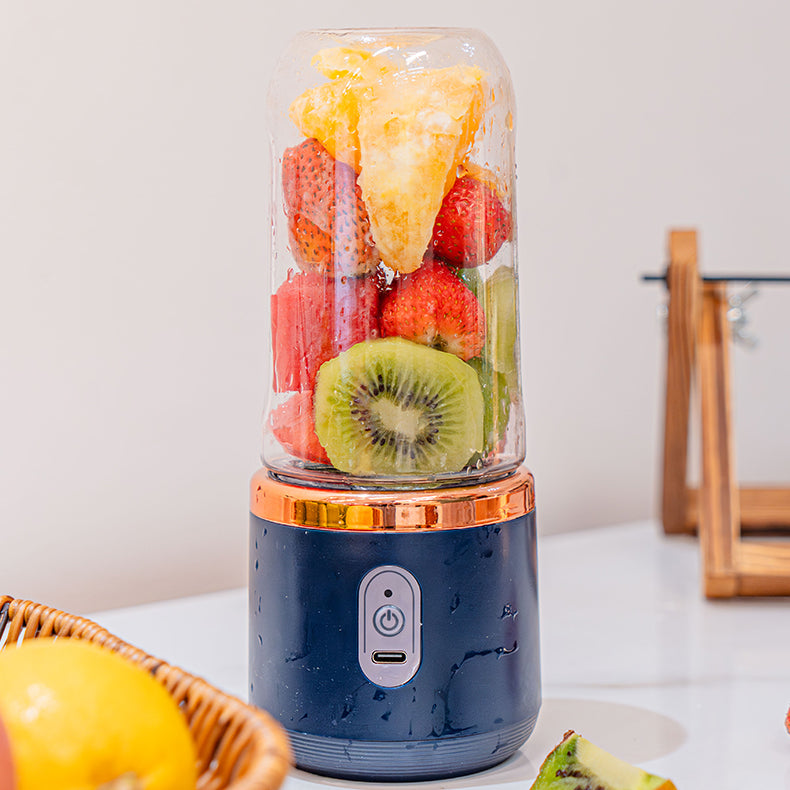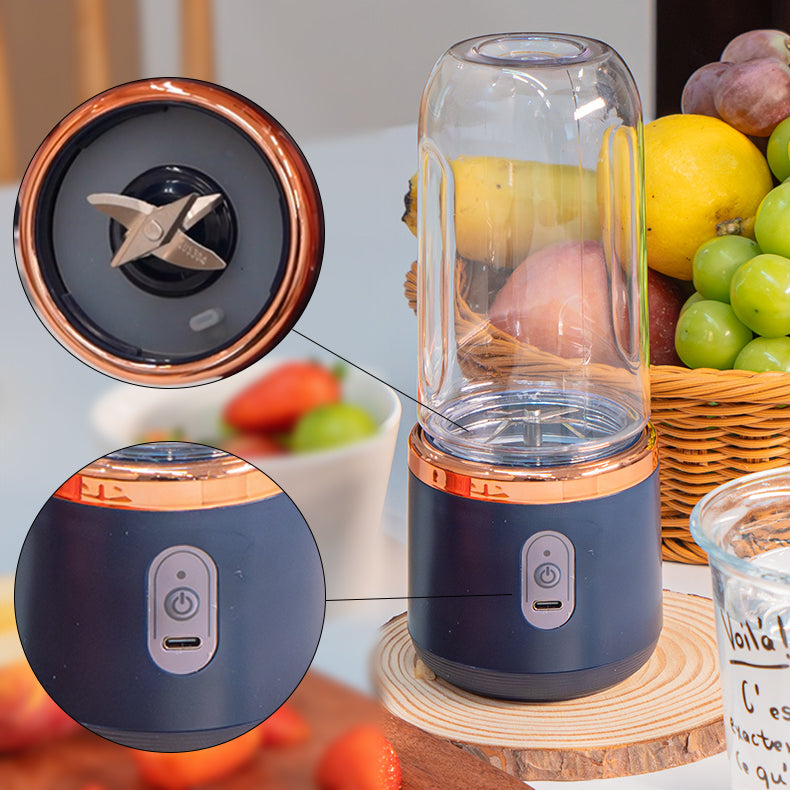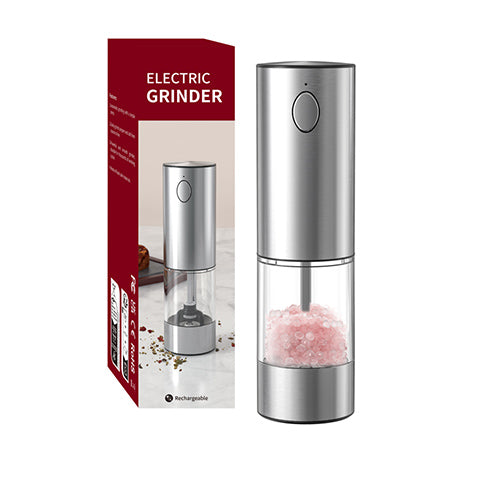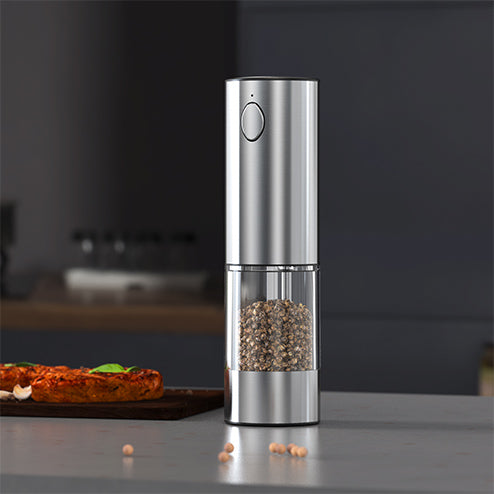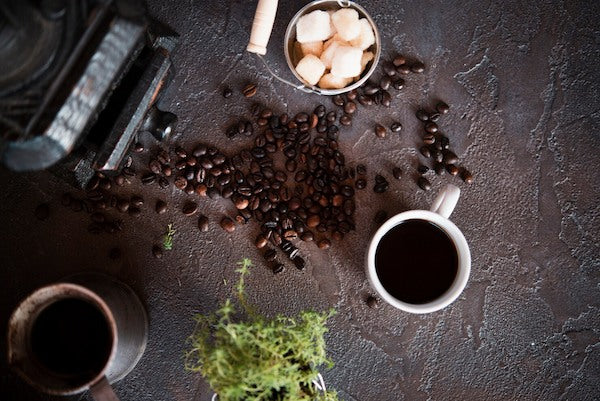Imagine this: it’s early morning, and the aroma of freshly brewed coffee is all that you crave. But there's a snag – you're out of coffee filters. Before you let this hiccup derail your morning routine, consider this guide as your saving grace. We'll delve into what to use as coffee filters that are likely already in your kitchen. From the simplicity of paper towels to the crafty use of cheesecloth, each option ensures that your day begins with a delightful cup of coffee, brewed perfectly to your liking.

Paper Towels
Paper towels are a common and convenient option to use instead of coffee filters. Begin by folding a single paper towel in half and then in half again to create a square. Place this square into your coffee maker's basket, ensuring it fits snugly and covers the entire basket to prevent any grounds from slipping through. Add your desired amount of coffee grounds on top of the paper towel, then proceed to brew as usual.
The paper towel will act as a makeshift filter, allowing the coffee to pass through while trapping the grounds. It's important to use a sturdy, non-bleached paper towel to avoid any unwanted chemicals leaching into your coffee. After brewing, dispose of the paper towel and grounds together.
Pros
- Readily available in most households.
- Easy to shape and fit into the filter basket.
- Provides a clean brew with minimal grounds.
Cons
- Paper towels are not designed for brewing and can tear easily.
- May impart a slight paper taste to the coffee.
- Single-use and not environmentally friendly.

Cheesecloth
Cheesecloth is a versatile kitchen item that works well when used in place of coffee filters. To use cheesecloth, cut a piece large enough to fit into your coffee maker's basket with some overhang. Fold the cheesecloth several times to ensure it can catch all the coffee grounds while still allowing the liquid to flow through. Place the folded cheesecloth in the basket, ensuring it is well-positioned and secure. Add your coffee grounds on top of the cheesecloth and brew as you normally would.
The cheesecloth will filter the coffee, letting the brewed coffee drip into the pot while retaining the grounds. After brewing, carefully remove the cheesecloth with the grounds and dispose of them. If you prefer, you can rinse and reuse the cheesecloth for future brewing. This method provides a more eco-friendly alternative compared to paper towels, and cheesecloth's fine weave makes it effective at filtering coffee grounds.
Pros
- Reusable and environmentally friendly.
- Allows for a strong brew with robust flavor.
- Easily available in kitchen supply stores.
Cons
- Requires thorough cleaning after each use.
- Can be messy if not secured properly.
- More time-consuming to set up compared to other methods.
Fine Mesh Sieve
A fine mesh is another effective choice you can use instead of a coffee filter, especially if you prefer a more hands-on approach. Start by placing your coffee grounds directly into a heatproof container or a large mug. Boil water to the desired temperature and slowly pour it over the coffee grounds, allowing them to steep for a few minutes. Next, position the fine mesh sieve over another mug or container. Carefully pour the coffee through the sieve, which will catch the grounds and let the liquid pass through.
For best results, use a sieve with very fine mesh to ensure no grounds end up in your cup. This method is similar to using a French press, providing a rich and flavorful coffee. Clean the sieve thoroughly after each use to avoid any residual coffee grounds affecting future brews.
Pros
- Durable and reusable.
- Easy to clean.
- Provides a clear brew with minimal grounds.
Cons
- May let fine coffee particles through.
- Requires careful pouring to avoid overflow.
- Not all sieves are fine enough to filter effectively.

Cloth Napkin or Handkerchief
A cloth napkin or handkerchief can be what to use instead of coffee filters, especially if you have a clean, cotton one available. Select a napkin or handkerchief that is free from detergent residues and strong fragrances. Fold it into a square that fits well within your coffee maker's basket, allowing some overhang to secure it in place. Place the cloth into the basket, add your coffee grounds on top, and proceed to brew as usual.
The cloth will act as a filter, trapping the coffee grounds while allowing the brewed coffee to flow into the pot. After brewing, remove the cloth carefully and discard the grounds. Rinse the cloth thoroughly under running water to remove all coffee residues, and then wash it properly to ensure it’s ready for the next use.
Pros
- Reusable and eco-friendly.
- Provides a rich and flavorful brew.
- Readily available in most households.
Cons
- Requires thorough cleaning to avoid residue buildup.
- Can be messy and difficult to handle.
- May impart a fabric taste to the coffee.
Reusable Tea Bags
Reusable tea bags offer a convenient and eco-friendly alternative to traditional coffee filters, making them one of the best options to use for a coffee filter. Before using them as a filter, ensure your reusable tea bag is clean and dry. Fill the bag with your desired amount of coffee grounds, typically 1-2 tablespoons per cup of water. Close the tea bag securely, ensuring that no grounds can escape. Place the tea bag in your coffee maker or directly into a mug, then pour hot water over it.
Allow the coffee to steep for several minutes, similar to how you would with tea. The tea bag will hold the grounds while allowing the coffee to infuse the water. Once the desired strength is reached, remove the tea bag and enjoy your coffee. After use, empty the grounds from the tea bag, rinse it thoroughly, and let it dry for future use.
Pros
- Reusable and environmentally friendly.
- Easy to clean and store.
- Provides a smooth, ground-free brew.
Cons
- Limited capacity compared to standard filters.
- Requires a longer steeping time for full extraction.
- May not fit well in all coffee makers.

Conclusion
In conclusion, when you're in a pinch and out of coffee filters, alternatives like paper towels, cheesecloth, a fine mesh sieve, cloth napkins, or reusable tea bags can save the day. Each of these options provides a unique way to filter coffee that might slightly alter the taste but will still deliver your much-needed morning brew. Remember to ensure that what to use instead of coffee filters is clean and safe for food use to maintain the quality and healthiness of your coffee. Next time you find yourself without a coffee filter, experiment with these alternatives and find your favorite makeshift solution!

